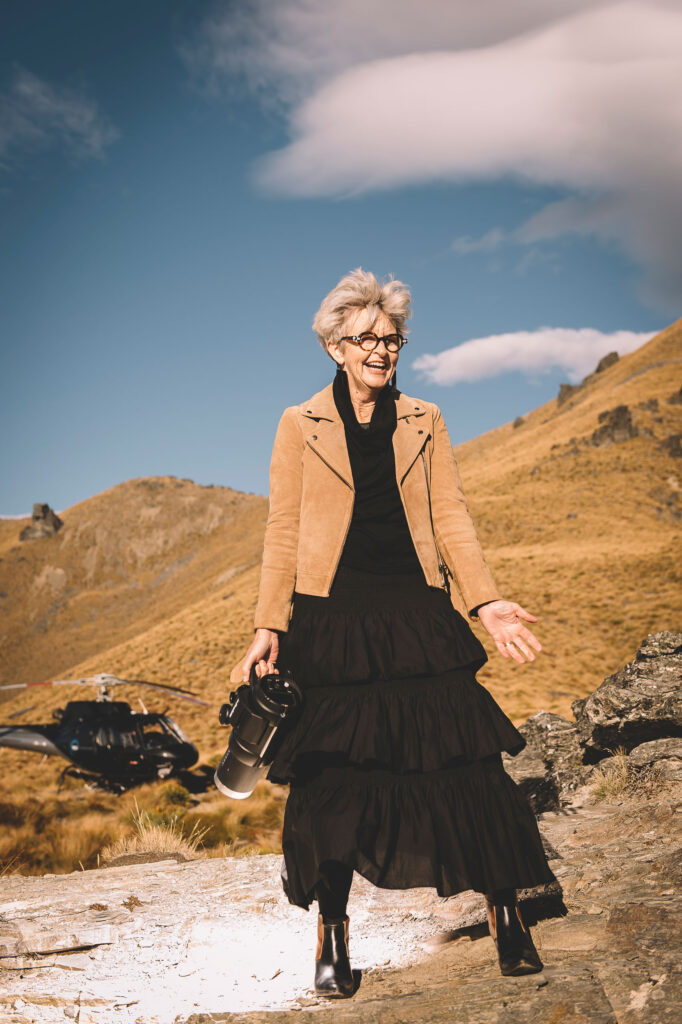A marriage is the formalisation of a relationship between a man and a woman, in accordance with the Marriage Act 1955, however I describe a marriage as being a commitment between two people who love each deeply to live the rest of their lives together.
Only people appointed by the Registrar General as Marriage Celebrants and whose names appear in the List of Marriage Celebrants in the New Zealand Gazette have authority to solemnise marriages in New Zealand.
A Justice of the Peace may apply to the Registrar-General for approval as a Marriage Celebrant, otherwise a JP has no authority to solemnise a marriage.
The authorised Marriage Celebrant must take an active role by officiating over the legal aspects of the ceremony. Persons other than the authorised Marriage Celebrant are also able to participate in the ceremony – eg reading a poem or singing a song.
A marriage celebrant may solemnise a marriage at any time, on any day of the week.
WHAT ARE THE LEGAL ASPECTS OF THE CEREMONY?
✓ The formal identification of the parties named on the Marriage Licence. (The Marriage Celebrant must be satisfied that the persons about to be joined in marriage are in fact those named on the licence.)
✓ The marriage must be solemnised at a place described on the licence and by a Marriage Celebrant (or Registrar) and before at least two other witnesses.
✓ The exchange of the marriage vows.
✓ The registration papers must be signed and witnessed in accordance with the Births, Deaths, Marriages, and Relationships Registration Act 1995, and must be returned to the issuing Registrar within 10 calendar days.
✓ Marriage Celebrants must take all reasonable steps to ensure the marriage is registered with Births, Deaths and Marriages.
The full names of the bride and groom – as they appear on the Marriage Licence- must be used at some point in the ceremony to clearly identify the bride and groom. Abbreviations and nicknames may then be used in other parts of the ceremony.
The marriage vows

